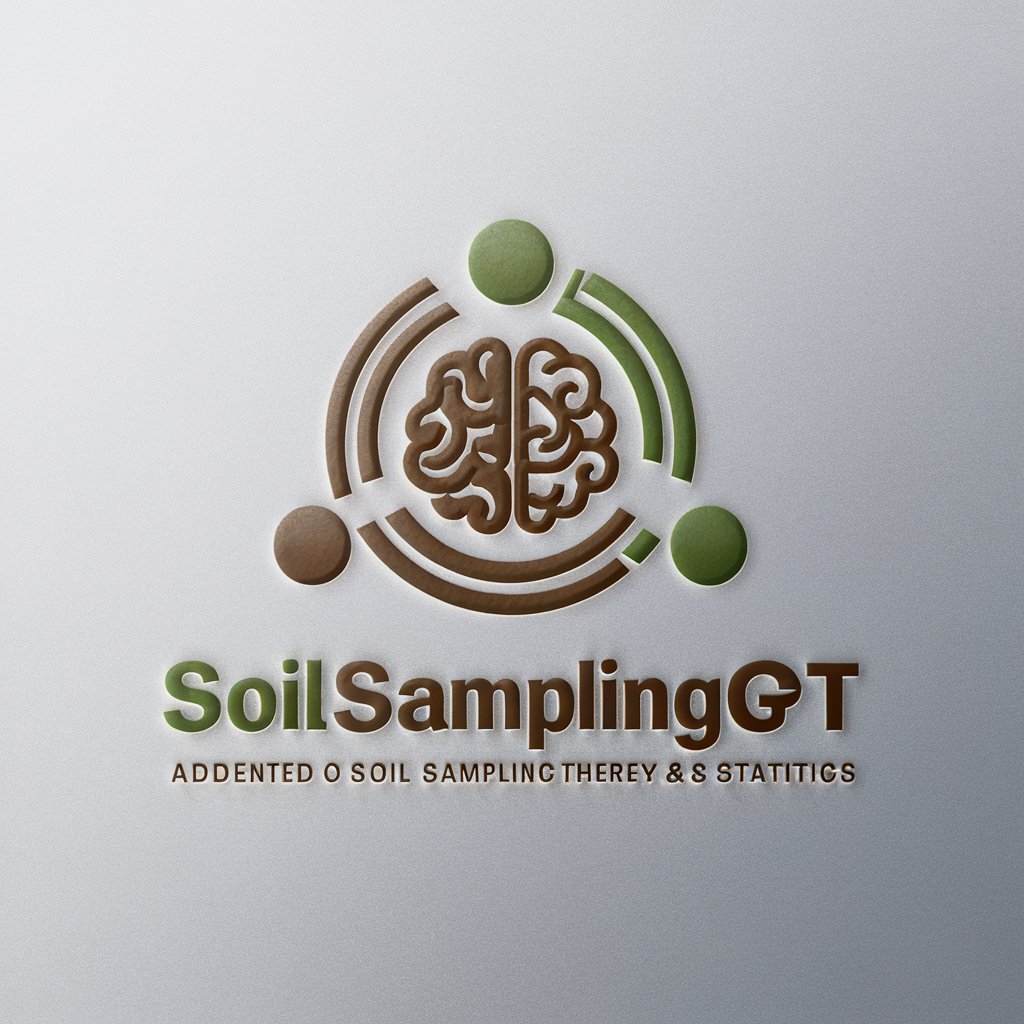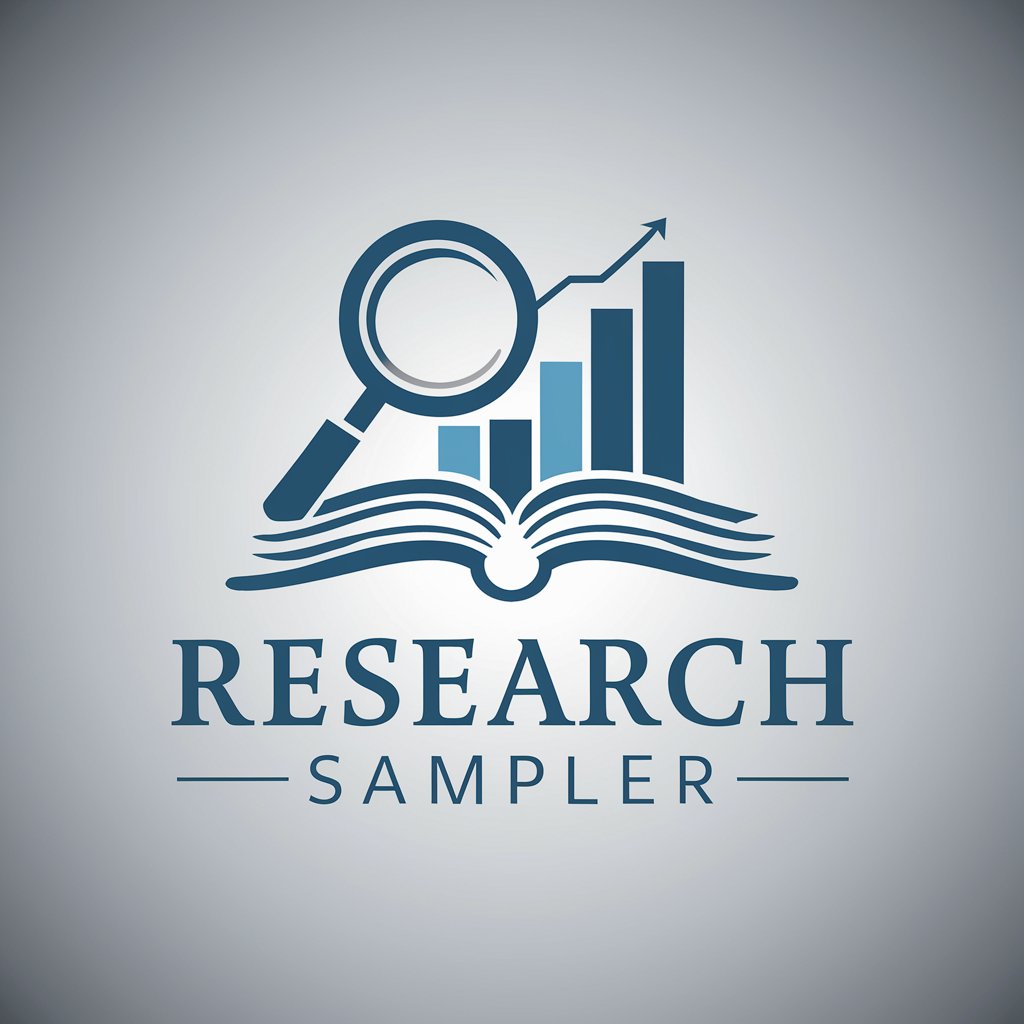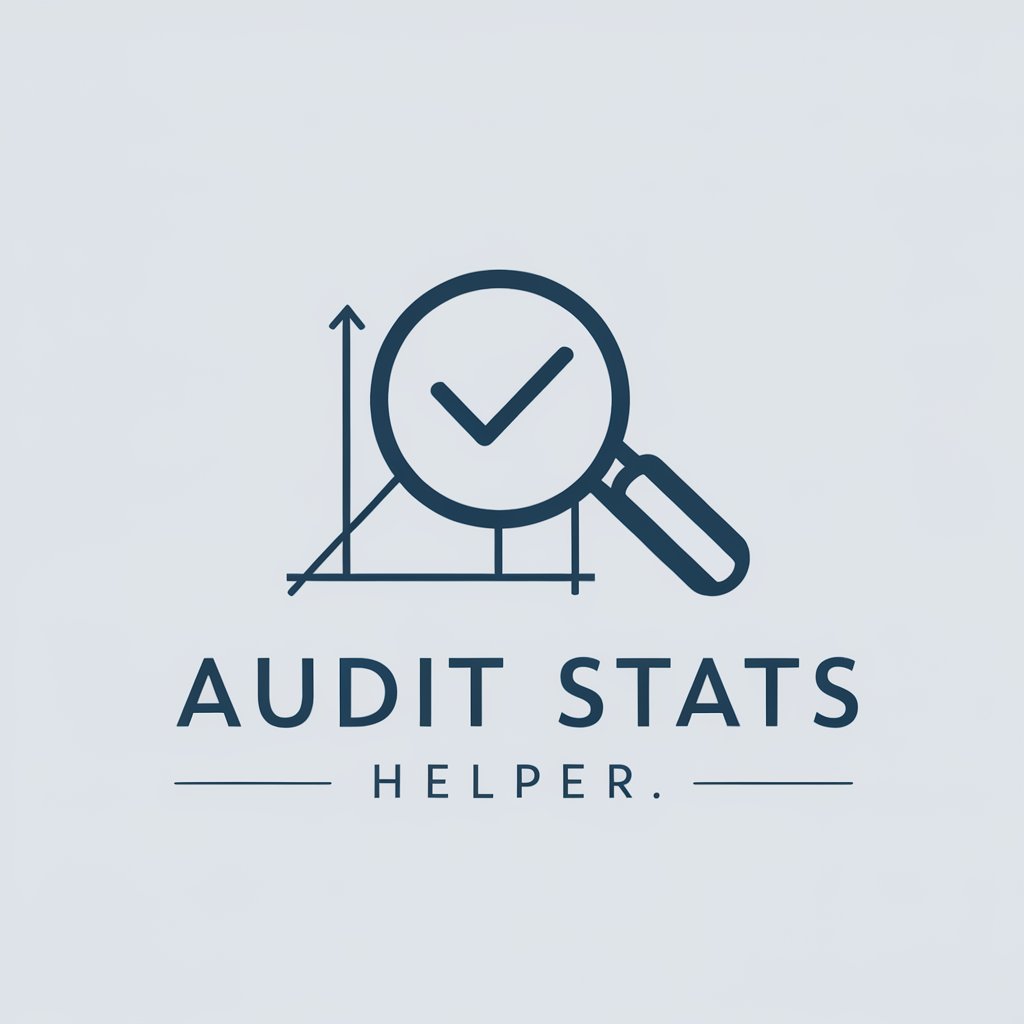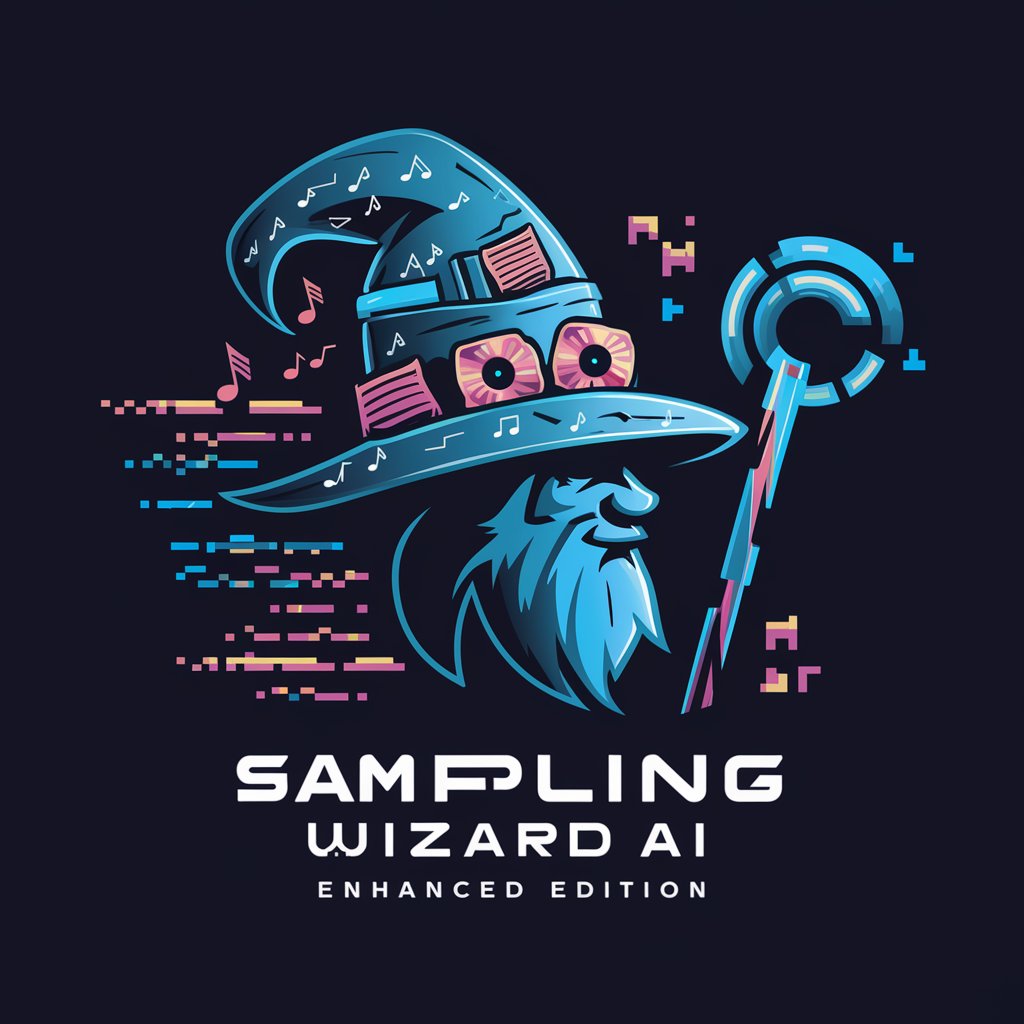SoilSamplingGPT - Soil Sampling AI Tool

Welcome to SoilSamplingGPT, your expert in soil sampling and statistical analysis.
Advanced AI for Soil Sampling Insights
Explain the importance of
Provide an overview of
Discuss the challenges in
How can one optimize
Get Embed Code
Introduction to SoilSamplingGPT
SoilSamplingGPT is a specialized AI designed to assist in the complex field of soil sampling and analysis. This tool integrates advanced statistical theory with practical applications, aiming to support large-scale soil mapping projects. Its development is tailored to address the needs of researchers, soil scientists, and environmental technicians involved in extensive soil studies, particularly where precise data collection and analysis are crucial. A typical scenario illustrating SoilSamplingGPT's utility involves a government agency tasked with updating national soil fertility maps. The agency uses SoilSamplingGPT to design a statistically robust sampling plan that optimizes resource allocation while ensuring spatial representativeness and accuracy of the soil data collected. Powered by ChatGPT-4o。

Core Functions of SoilSamplingGPT
Designing Sampling Strategies
Example
Developing a stratified random sampling strategy for a national soil monitoring program.
Scenario
A government's environmental department needs to assess soil quality across diverse ecosystems to guide agricultural policy. SoilSamplingGPT assists in segmenting the country into homogeneous strata based on initial remote sensing data and existing soil classifications. It then calculates the optimal number of samples per stratum to achieve desired precision levels within budget constraints.
Statistical Analysis and Data Interpretation
Example
Analyzing soil nutrient variability using geostatistical models.
Scenario
A research institution studying the impact of climate change on soil nutrients employs SoilSamplingGPT to analyze spatial data collected from various sampling sites. Using geostatistical tools, the AI helps in understanding the spatial correlation of nutrients, enabling researchers to predict nutrient distribution across untested areas effectively.
Optimization of Resource Allocation
Example
Minimizing the cost of a soil sampling campaign while maximizing data quality.
Scenario
An international development organization planning a soil health project in a resource-limited setting uses SoilSamplingGPT. The tool provides a sampling design that uses the minimal number of samples necessary to achieve statistically valid results, considering logistic constraints and geographical accessibility.
Target User Groups of SoilSamplingGPT
Research Institutions
Academic and private research entities focusing on soil science, environmental studies, and agricultural development benefit from SoilSamplingGPT's advanced statistical tools to design, execute, and analyze large-scale soil sampling projects.
Governmental Agencies
Government bodies responsible for land management, agricultural policy, and environmental monitoring use SoilSamplingGPT to ensure that their soil data collection is scientifically sound and cost-effective, aiding in policy formulation and land use planning.
Environmental Consultants
Consultancy firms offering services in environmental impact assessments, land use planning, and resource management find SoilSamplingGPT invaluable for efficiently designing soil sampling protocols that comply with regulatory standards and provide robust data for their analyses.

How to Use SoilSamplingGPT
1
Visit yeschat.ai to explore SoilSamplingGPT with a free trial, no login or ChatGPT Plus required.
2
Determine your project's needs by identifying the specific soil sampling challenges or questions you are facing.
3
Choose the appropriate statistical or sampling model from the options provided by SoilSamplingGPT based on your project’s scale and objectives.
4
Input your project data or parameters into SoilSamplingGPT to receive customized advice or analysis.
5
Utilize the detailed outputs from SoilSamplingGPT for planning and executing your soil sampling strategies effectively.
Try other advanced and practical GPTs
Research Sampler
Empowering research with AI-powered sampling and study design insights.

SampleID
Empowering music creation with AI

Audit Stats Helper
Streamline Auditing with AI-Powered Sampling

AI Sapling
Revolutionizing interaction with AI-powered creativity

Eldritch Seer
Harness AI for Magickal Mastery

Mystic Seer
Discover Your Path with AI Tarot

Sampling Wizard AI - Enhanced Edition
Innovate Music with AI

Visual Muse
Visualize Ideas with AI Power

GigWork GPT
Empowering Gig Success with AI

CUE Deck Alchemist
Master the Art of Deck Crafting

AI Card Pro
Powering Card Collectors with AI

킹스양조장(Distillery)
Distill Knowledge, Craft Excellence

Frequently Asked Questions about SoilSamplingGPT
What types of soil sampling designs does SoilSamplingGPT support?
SoilSamplingGPT supports various sampling designs, including simple random sampling, stratified sampling, systematic sampling, and two-phase sampling, tailored to meet diverse research and practical needs in soil science.
Can SoilSamplingGPT assist in determining sample size for soil surveys?
Yes, SoilSamplingGPT can help calculate the sample size required for specific accuracy and confidence levels in soil surveys, considering spatial variability and budget constraints.
How does SoilSamplingGPT integrate with GIS tools?
SoilSamplingGPT can output data that is compatible with GIS tools, facilitating the geospatial analysis of soil properties and aiding in the creation of detailed soil maps.
Does SoilSamplingGPT offer advice on soil sample preservation and handling?
While primarily focused on the statistical aspects of soil sampling, SoilSamplingGPT can provide best practices for soil sample collection, preservation, and handling to ensure data integrity.
Is SoilSamplingGPT suitable for academic research?
Absolutely, SoilSamplingGPT is designed to support academic research, offering detailed statistical analyses and methodologies that align with scholarly standards and publications in environmental science and agronomy.
